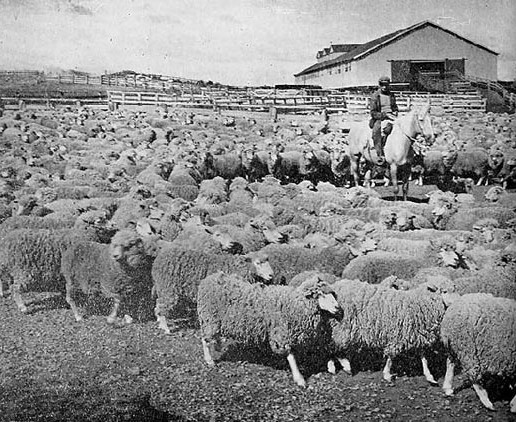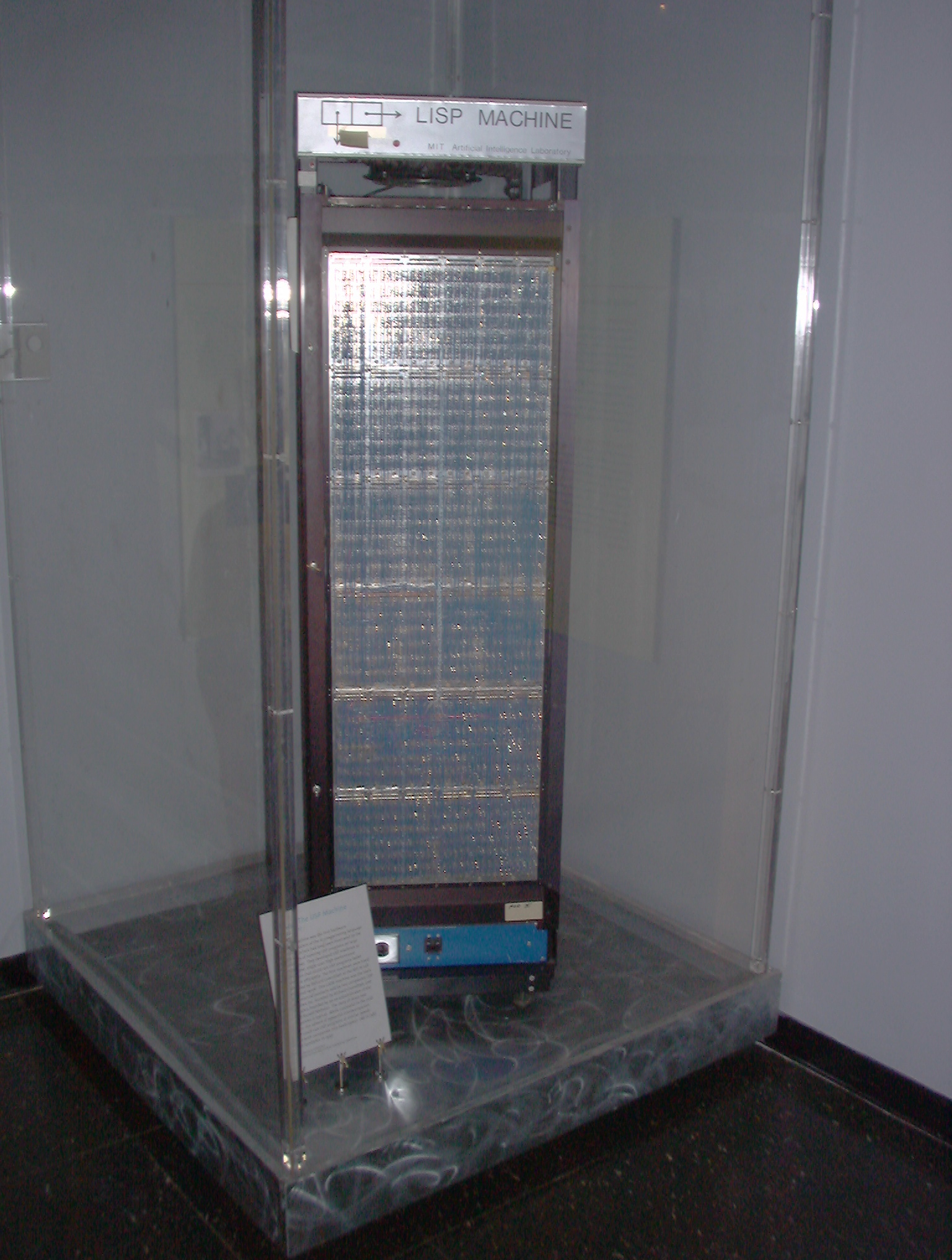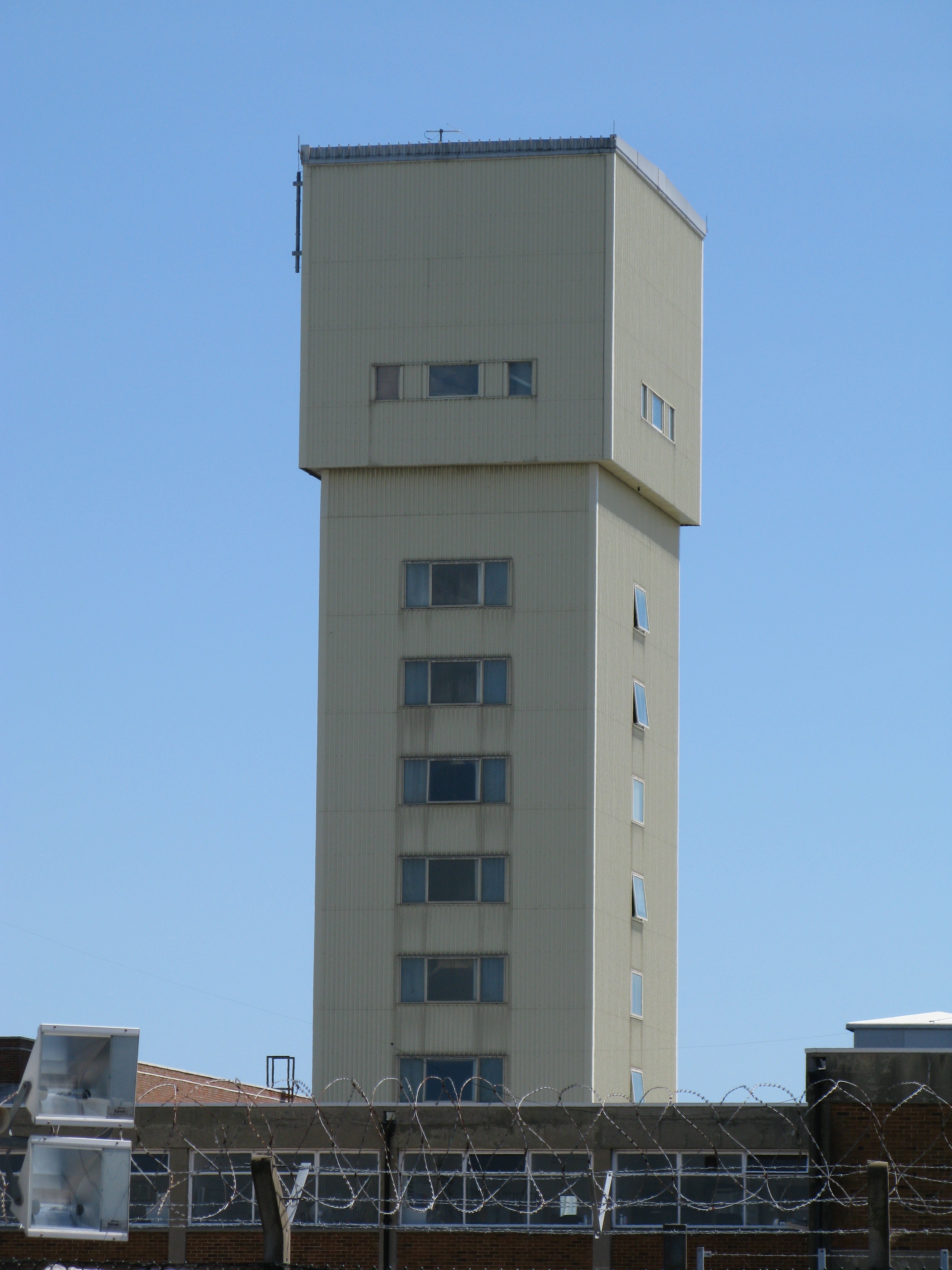|
Setf (other)
Setf or SETF may refer to: * Social Exclusion Task Force * Sociedad Explotadora de Tierra del Fuego, a former sheep-farming company. * Southeast Toyota Finance, a division of JM Family Enterprises * State Employees and Teachers Federation * setf, a special form in Common Lisp and Lisp that uses its first argument to define a place in memory then evaluates its second argument and stores the returned value at the memory location * Submarine escape training facility ** Submarine Escape Training Facility (Australia) The Submarine Escape Training Facility (SETF), also known as the Submarine Escape and Rescue Centre (SERC), is a facility used by submariners of the Royal Australian Navy (RAN) to train in the techniques needed to escape from a submarine in troub ... * Syrian Emergency Task Force {{disambiguation ... [...More Info...] [...Related Items...] OR: [Wikipedia] [Google] [Baidu] |
Social Exclusion Task Force
The Social Exclusion Task Force (SETF) was a part of the Cabinet Office that provided the UK Government with strategic advice and policy analysis in its drive against social exclusion. It was preceded by the Social Exclusion Unit, which was set up by the Labour government in 1997 and formed part of the Office of the Deputy Prime Minister. The SETF was abolished in November 2010, and its functions absorbed into the Office for Civil Society. Social Exclusion Unit The SEU, launched on 8 December 1997, outlined social exclusion as: The SEU published over 50 reports in many areas of social policy. Subjects explored included rough sleeping, teenage pregnancy, mental health, older people. A report called ''Reducing Re-Offending by Ex-prisoners'' was published in July 2002, identifying the needs of prisoners' families and the problems they faced. In July 2004 the Home Office published its response ''Reducing Re-offending National Action Plan''. The Action Plan's recommendations were cr ... [...More Info...] [...Related Items...] OR: [Wikipedia] [Google] [Baidu] |
Sociedad Explotadora De Tierra Del Fuego
The Sociedad Explotadora de Tierra del Fuego (SETF; Spanish: ''Company for the exploitation of Tierra del Fuego'') was a historically important company operating within the Chilean and Argentine region of Patagonia. It was founded in 1893 and cultivated over land for sheep farming and private factories like Puerto Bories to process, freeze and export sheep meat. History In 1881, the Treaty of Boundaries was negotiated between Argentina and Chile to settle overlapping boundary dispute to Patagonia, which had occurred when each country gained their independence from Spain. By 1886, José Nogueira, a Portuguese shipping magnate, had begun to plan a ranching enterprise for the area. He leased 180,000 hectares of Fuegian land in April 1889 and in November, his brother-in-law, Mauricio Braun acting as Nogueira's agent, leased an additional 170,000 hectares of land. In 1890, Nogueira and his wife, Sara Braun, secured a lease from President José Manuel Balmaceda's administration on ... [...More Info...] [...Related Items...] OR: [Wikipedia] [Google] [Baidu] |
Southeast Toyota Finance
The points of the compass are a set of horizontal, radially arrayed compass directions (or azimuths) used in navigation and cartography. A compass rose is primarily composed of four cardinal directions—north, east, south, and west—each separated by 90 degrees, and secondarily divided by four ordinal (intercardinal) directions—northeast, southeast, southwest, and northwest—each located halfway between two cardinal directions. Some disciplines such as meteorology and navigation further divide the compass with additional azimuths. Within European tradition, a fully defined compass has 32 'points' (and any finer subdivisions are described in fractions of points). Compass points are valuable in that they allow a user to refer to a specific azimuth in a colloquial fashion, without having to compute or remember degrees. Designations The names of the compass point directions follow these rules: 8-wind compass rose * The four cardinal directions are north (N), east (E), s ... [...More Info...] [...Related Items...] OR: [Wikipedia] [Google] [Baidu] |
JM Family Enterprises
JM Family Enterprises, Inc. (JMFE) is a diversified automotive company. It is ranked by '' Forbes'' as the 17th largest privately held company in the U.S. The company is ranked on the '' Fortune'' "100 Best Companies to Work For" list, and was No. 9 on the '' InformationWeek'' 500 list of the nation's leading information technology innovators. History Founded in 1968 by James M. (Jim) Moran, JM Family has grown from a core distribution business importing Japanese cars into a diversified automotive corporation whose principal businesses focus on vehicle distribution and processing, financial services, finance and insurance products, retail sales and dealer technology products and services. The company employs more than 4,000 people nationwide. Deerfield Beach became JMFE's corporate headquarters in 1981. Jacksonville architect Robert C. Broward designed the campus. Best Company to work for In 2016, JMFE was ranked 13th on Fortune magazine's article, "30 Best Workplaces to Retire ... [...More Info...] [...Related Items...] OR: [Wikipedia] [Google] [Baidu] |
State Employees And Teachers Federation
State may refer to: Arts, entertainment, and media Literature * '' State Magazine'', a monthly magazine published by the U.S. Department of State * ''The State'' (newspaper), a daily newspaper in Columbia, South Carolina, United States * '' Our State'', a monthly magazine published in North Carolina and formerly called ''The State'' * The State (Larry Niven), a fictional future government in three novels by Larry Niven Music Groups and labels * States Records, an American record label * The State (band), Australian band previously known as the Cutters Albums * ''State'' (album), a 2013 album by Todd Rundgren * ''States'' (album), a 2013 album by the Paper Kites * ''States'', a 1991 album by Klinik * ''The State'' (album), a 1999 album by Nickelback Television * ''The State'' (American TV series), 1993 * ''The State'' (British TV series), 2017 Other * The State (comedy troupe), an American comedy troupe Law and politics * State (polity), a centralized political organi ... [...More Info...] [...Related Items...] OR: [Wikipedia] [Google] [Baidu] |
Common Lisp
Common Lisp (CL) is a dialect of the Lisp programming language, published in ANSI standard document ''ANSI INCITS 226-1994 (S20018)'' (formerly ''X3.226-1994 (R1999)''). The Common Lisp HyperSpec, a hyperlinked HTML version, has been derived from the ANSI Common Lisp standard. The Common Lisp language was developed as a standardized and improved successor of Maclisp. By the early 1980s several groups were already at work on diverse successors to MacLisp: Lisp Machine Lisp (aka ZetaLisp), Spice Lisp, NIL and S-1 Lisp. Common Lisp sought to unify, standardise, and extend the features of these MacLisp dialects. Common Lisp is not an implementation, but rather a language specification. Several implementations of the Common Lisp standard are available, including free and open-source software and proprietary products. Common Lisp is a general-purpose, multi-paradigm programming language. It supports a combination of procedural, functional, and object-oriented programming para ... [...More Info...] [...Related Items...] OR: [Wikipedia] [Google] [Baidu] |
Lisp (programming Language)
Lisp (historically LISP) is a family of programming languages with a long history and a distinctive, fully parenthesized prefix notation. Originally specified in 1960, Lisp is the second-oldest high-level programming language still in common use, after Fortran. Lisp has changed since its early days, and many dialects have existed over its history. Today, the best-known general-purpose Lisp dialects are Common Lisp, Scheme, Racket and Clojure. Lisp was originally created as a practical mathematical notation for computer programs, influenced by (though not originally derived from) the notation of Alonzo Church's lambda calculus. It quickly became a favored programming language for artificial intelligence (AI) research. As one of the earliest programming languages, Lisp pioneered many ideas in computer science, including tree data structures, automatic storage management, dynamic typing, conditionals, higher-order functions, recursion, the self-hosting compiler, and the rea ... [...More Info...] [...Related Items...] OR: [Wikipedia] [Google] [Baidu] |
Submarine Escape Training Facility
A Submarine Escape Training Tower is a facility used for training submariners in methods of emergency escape from a disabled submarine underwater. It is a deep tank filled with water with at least one underwater entrance at depth simulating an airlock in a submarine. Since the 1930s, towers have been built for use by the Royal Navy, US Navy, Royal Australian Navy and in several other countries. Royal Navy SETT The Submarine Escape Training Tank (SETT) is a deep facility primarily operated to conduct training with submarine escape equipment, operated by the Royal Navy. The facility, located at Fort Blockhouse, Gosport opposite HMNB Portsmouth, includes a fresh, chlorinated water column with a single escape chamber (as fitted to some classes of RN submarines) mounted at the base, through which students can conduct a fully representative escape cycle from , closely replicating actions which would be required if forced to abandon a distressed submarine from depth. The SETT has ... [...More Info...] [...Related Items...] OR: [Wikipedia] [Google] [Baidu] |
Submarine Escape Training Facility (Australia)
The Submarine Escape Training Facility (SETF), also known as the Submarine Escape and Rescue Centre (SERC), is a facility used by submariners of the Royal Australian Navy (RAN) to train in the techniques needed to escape from a submarine in trouble. Background Submarine use in the RAN began in 1913 with the E class submarines and . Both were lost during World War I; ''AE1'' disappearing with all hands. In the inter-war years, the RAN operated six J class submarines, then two ''Odin'' class submarines. After a long break, six British-designed ''Oberon'' class were purchased; the RAN relied entirely on the Royal Navy for their expertise in submarine escape methods and equipment. Communications between the two nations showed some breakdown during the 1980s, and with the introduction of the ''Collins'' class submarines, the RAN had a need to establish their own institutional knowledge in these techniques.Walker, ''The history of Australian submarine escape and rescue operations ... [...More Info...] [...Related Items...] OR: [Wikipedia] [Google] [Baidu] |


